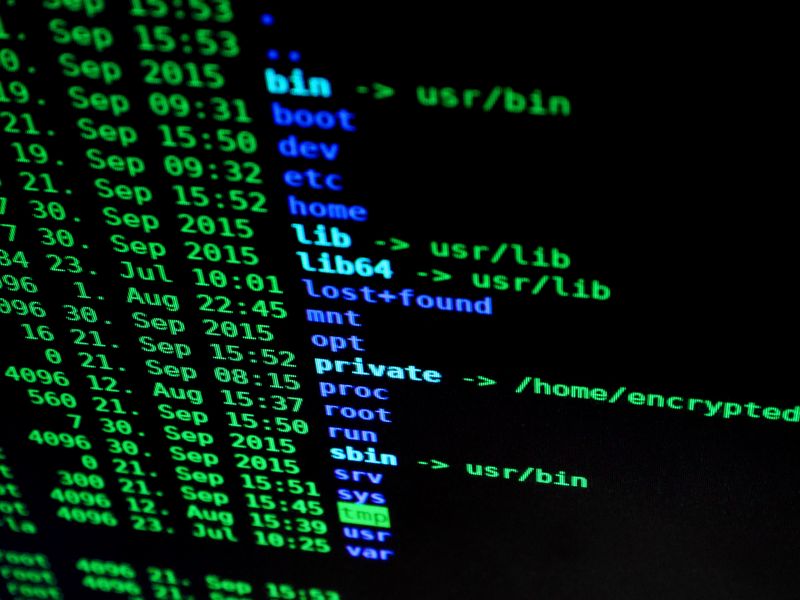Recent advancements in artificial intelligence (AI) and vulnerability remediation
Artificial intelligence (AI) has shown great promise in the field of vulnerability remediation, offering the potential for tailored and context-aware code generation to address security vulnerabilities. This breakthrough technology, powered by generative AI, holds the potential to revolutionize the way we tackle code vulnerabilities. However, as with any new technology, there are challenges and considerations that need to be addressed before embracing AI as a fully automated solution for vulnerability remediation.
New Tech, Old Challenges
Every change made to an application is a delicate balance between introducing improvements and protecting existing functionality. Urgent changes, especially security fixes, amplify this challenge due to tight deadlines and the pressure to get things right. Applying patches can sometimes lead to unexpected consequences, which might result in system outages. The risks associated with patching are well-known to IT managers, who are often faced with horror stories of benign patches causing major disruptions. On the other hand, neglecting to apply a critical patch can lead to vulnerabilities being exploited and the organization suffering a breach.
The role of good software engineering is to strike a balance that allows for fast-paced changes while safeguarding the application and its maintainers from harmful modifications. This goal presents several challenges, including dealing with legacy software that is difficult to modify and ever-changing system requirements. Despite these challenges, maintaining the ability to make changes and addressing potential consequences is a critical aspect of software engineering.
While generative AI shows promise in automating code changes, the main challenge for engineers lies in ensuring that the proposed change produces the expected results. This is where the human factor becomes crucial, as understanding the context and consequences of a change requires human judgment and expertise that AI may not fully possess.
Overlapping Responsibility for Application Security
In large enterprises, there is often a fractioning of responsibility when it comes to application security. While a central Application Security (AppSec) team is responsible for reducing risk organization-wide, they might not have the expertise to assess the impact of a specific fix on a particular application. Some solutions, such as virtual patching and network controls, offer alternatives that allow security teams to address vulnerabilities without relying solely on development teams. However, these solutions can also lead to friction between security and development teams.
For application vulnerabilities, fixes typically involve modifying the application’s code or its environment. While the responsibility for changing the application’s code falls on the development team, security teams can intervene by modifying the environment. AI-generated remediations could find a better fit in the realm of changing the application’s environment, such as managing workloads and infrastructure in on-premises environments or leveraging cloud provider platforms to modify the application’s behavior. Configuration changes that alter application behavior, such as enabling built-in encryption-at-rest for databases or masking sensitive data, can provide security mitigations while minimizing negative consequences.
Striking the Right Balance
It is important to recognize that environment changes can have unintended consequences on the application. For example, encryption can impact performance, and masking data can make debugging more difficult. However, organizations are increasingly willing to accept these risks in order to enhance security mitigations while reducing engineering efforts.
Ultimately, organizations must strike a balance between the risks associated with vulnerabilities and the risks associated with applying mitigations. AI-generated mitigations can certainly reduce the cost of remediation, but there will always be risks associated with implementing them. Avoiding remediation altogether out of fear of potential consequences would lean towards accepting the risk of a security breach due to lack of mitigation. Conversely, blindly applying auto-generated remediations without human oversight is also not ideal.
Instead of being driven to extremes, organizations should acknowledge both the risks posed by vulnerabilities and the potential risks of applying mitigations. Striking a balance between the two requires careful consideration, human judgment, and expertise. While AI can play a valuable role in automating code changes, it should be seen as a tool that augments human decision-making, rather than a standalone solution.
Advice for Embracing AI in Vulnerability Remediation
When considering the adoption of AI in vulnerability remediation, it is important to take a measured approach. Organizations should consider the following steps:
- Conduct a thorough assessment of their existing vulnerability management processes and identify areas where AI can provide value and efficiency.
- Ensure the involvement of both security and development teams in the decision-making process, allowing for a collective understanding of the risks and benefits of AI-generated remediations.
- Implement a testing and validation process to evaluate the effectiveness of AI-generated mitigations before full deployment. This can help identify false positives or negatives and ensure that the AI-generated remedies align with the organization’s specific needs and requirements.
- Regularly assess and update the AI models and algorithms used for vulnerability remediation to ensure their continued effectiveness and accuracy.
- Continuously monitor and evaluate the results of AI-generated remediations to assess their impact on application performance, functionality, and security.
By adopting a cautious and informed approach, organizations can harness the power of AI while mitigating the risks associated with fully automated vulnerability remediation. The future of vulnerability management lies at the intersection of human expertise and AI-driven automation, and by embracing this combination, organizations can navigate the complex challenges of software security more effectively.

<< photo by Khoa Võ >>
The image is for illustrative purposes only and does not depict the actual situation.
You might want to read !
- Unlocking Efficiency: Harnessing Infrastructure as Code to Minimize Human Error
- Battle of the Bytes: Super Mario Installer Unleashes Trojanized Threat to Gamers
- Hacker Arrested in Spain Receives 5-Year Sentence for Twitter Breach and Beyond
- Navigating the Choppy Waters of a Data Breach: An Ethical Guide in 3 Steps
- Exploring the Hazards of Generative AI in SaaS: Mitigating Risks and Strengthening Authentication Protocols
- Microsoft Raises Alarm Over Large-Scale Credential Theft Campaign by Russian Hackers
- Tanium’s Latest Platform Overhauls Threat Detection and Expands Endpoint Access
- Consolidating Security Tools: a Strategic Move for Small Firms, Recession or Not
- The Unseen Threat: A Closer Look at the Ongoing iOS Spy Campaign




